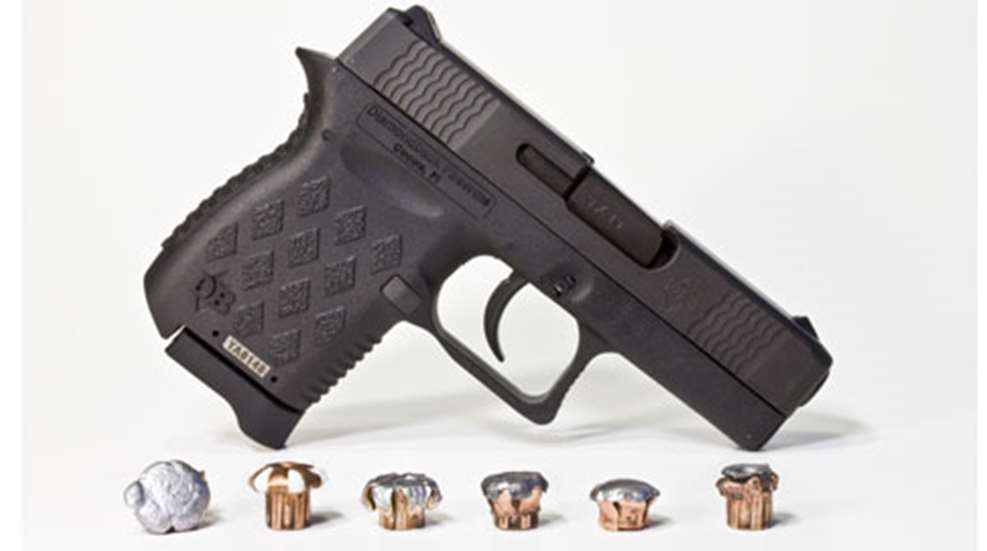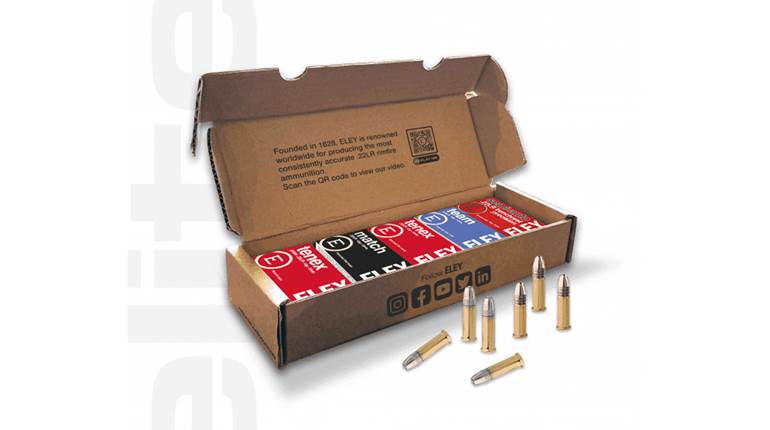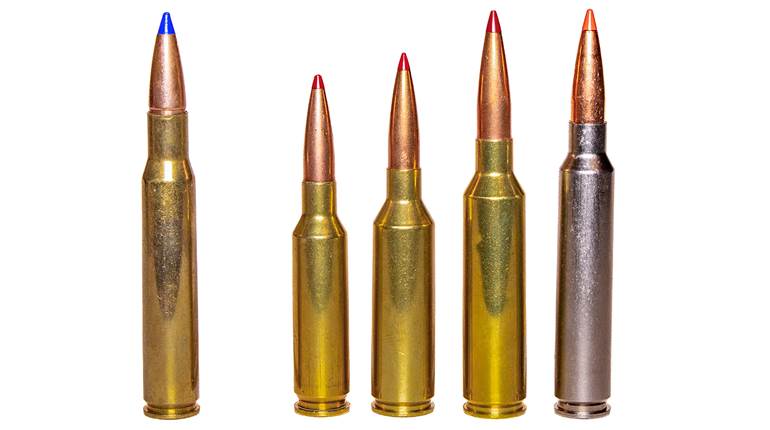
Right now the rage in concealable handguns is ultra-compact, semi-auto 9 mms. The citizenry is becoming more serious about personal protection and most want an easy-to-conceal, lightweight handgun. This makes sense because if your gun is a nuisance to carry, you'll leave it at home. And, when you consider you can get a handgun like the Diamondback DB9 that weighs only 11 ounces and is only 3/4s of an inch wide, why go big?
As easy as a handgun like the Diamondback DB9 might be to conceal, you need to understand that when handgun barrels get shorter, bullets come out slower. This velocity loss is not significant. On average, you can expect a velocity reduction of about 50 fps or 5 percent for every inch of barrel loss. As minimal as this difference is, it can make a big difference in the terminal performance of the bullet. In other words, a bullet fired from a short-barreled 9 mm handgun may act very different in a real-life scenario.
To understand why this happens, you need to have a basic comprehension of how bullets work. Defensive handgun bullets are, in most cases, made up of a lead or lead alloy core surrounded by a copper or gilding metal jacket. Bullet engineers design these bullets to expand upon impact. This allows the bullet to make a bigger hole. But here's the catch: If the bullet impacts at too slow a velocity, it will not fully expand or it might not expand at all.
The more a bullet expands, the less it penetrates, but it makes a larger diameter hole. The ideal penetration depth for a defensive handgun bullet is a topic few agree on, but it is somewhere between 8 and 16 inches. Hopefully this penetration will be accompanied by expansion equal to between one and a half to two times the bullet's original diameter.
To illustrate how barrel length can influence terminal bullet performance, I tested six different 9 mm Luger defensive handgun loads in a full-size 9 mm—a CZ 75 with a 4.7-inch barrel—and a compact 9 mm—a Diamondback DB9 with a 3-inch barrel. Each load was fired into 10 percent ordnance gelatin at a distance of 10 feet.
A lot of self-proclaimed experts put a lot of emphasis on recovered weight, but in reality it's not that important. It's not like the bullets are made of gold and you are for sure not going to re-use them. What matters is how deep the bullet went and how big it got.
When evaluating defensive handgun ammunition, penetration and expansion are the two things that need to be considered. With regard to the ammunition tested, these numbers were similar between the long- and short-barrel handguns with one exception—Remington's 115 grain JHP load. From the 3-inch barreled DB9, this bullet only increased its frontal diameter by 0.065 of an inch. This resulted in excessive penetration; penetration almost twice as deep as when fired from the longer-barreled handgun.
One thing many assume is that faster impact velocities result in deeper penetration. This is rarely the case with expanding handgun bullets. Why? Because the faster or harder a bullet impacts, the more it will expand, and increased expansion provides more resistance to the bullet's forward momentum. With four out of six of the loads tested, the slower-moving bullet penetrated deeper, but in each of these cases, it expanded less.
One exception was the previously mentioned Remington load where the bullet from the shorter barrel almost failed to expand at all. The other exception was the Federal 115-grain JHP load. With the Federal load, expansion was identical between the long- and short-barrel handguns. This is desirable but rare. With the frontal diameter being the same, the one with the highest velocity—the bullet fired from the longer barreled handgun—penetrated the deepest.
So how should all this information impact your selection process when it comes to defensive handgun loads for your compact 9 mm? With regard to the ammunition tested, every load met the minimum 8-inch penetration threshold. Only one—the Remington 115 JHP—exceeded the 16 inch maximum. Why is too much penetration an issue? Two reasons: You don't want to shoot through the bad guy and hit an innocent bystander, and in case you must shoot in defense of your life indoors, you don't want to shoot through one or more walls and potentially hit a good guy.
From the short-barreled handgun, the Remington 115 JHP load also failed to meet the minimum, one and a half times expansion threshold. Hornady's Critical Defense load showed good and consistent penetration but was lacking in expansion, too. In fact, four of the six loads tested from the short-barreled handgun failed to meet the expansion criteria. The 124 grain Winchester PDX1 load expanded to 1.49 inches from the short barrel so we’ll give it a pass. Who knows, my calipers or eyes could be off a hundredth of an inch.
That leaves us with three loads to choose from: Federal's 115 grain JHP and their 105 grain EFMJ loads or Winchester's 124 grain PDX1+P load. Personally, I would lean toward the load that showed the most expansion. I say this for several reasons. A bigger hole means more tissue damage and shot-to-shot velocity can vary as much as 50 fps. Deduct another 50 fps from the impact velocity and expansion will suffer even more. Also, if your target is at a longer range, impact velocity will be lower too.
Without conducting tests like these on your own, it's almost impossible to make an informed decision. Granted, 10 percent ordnance gelatin is a pain in the wallet and your backside to work with, but you can shoot into water jugs, a water tank or saturated newspaper in order to conduct expansion testing on your own. Short of that, you can opt for +P loads because they shoot faster and the added velocity can help with expansion. The problem with most +P loads is that they also increase recoil and these super compact 9 mm handguns can be a handful to shoot as is.
My suggestion is pretty simple: Just select either of the two Federal loads, practice with your handgun and get on with life. Find a chronograph and check the velocity of either of these loads through your compact 9 mm. If it is equal to or exceeds the velocity shown for these loads in the chart, terminal bullet performance will be near identical as well.





































